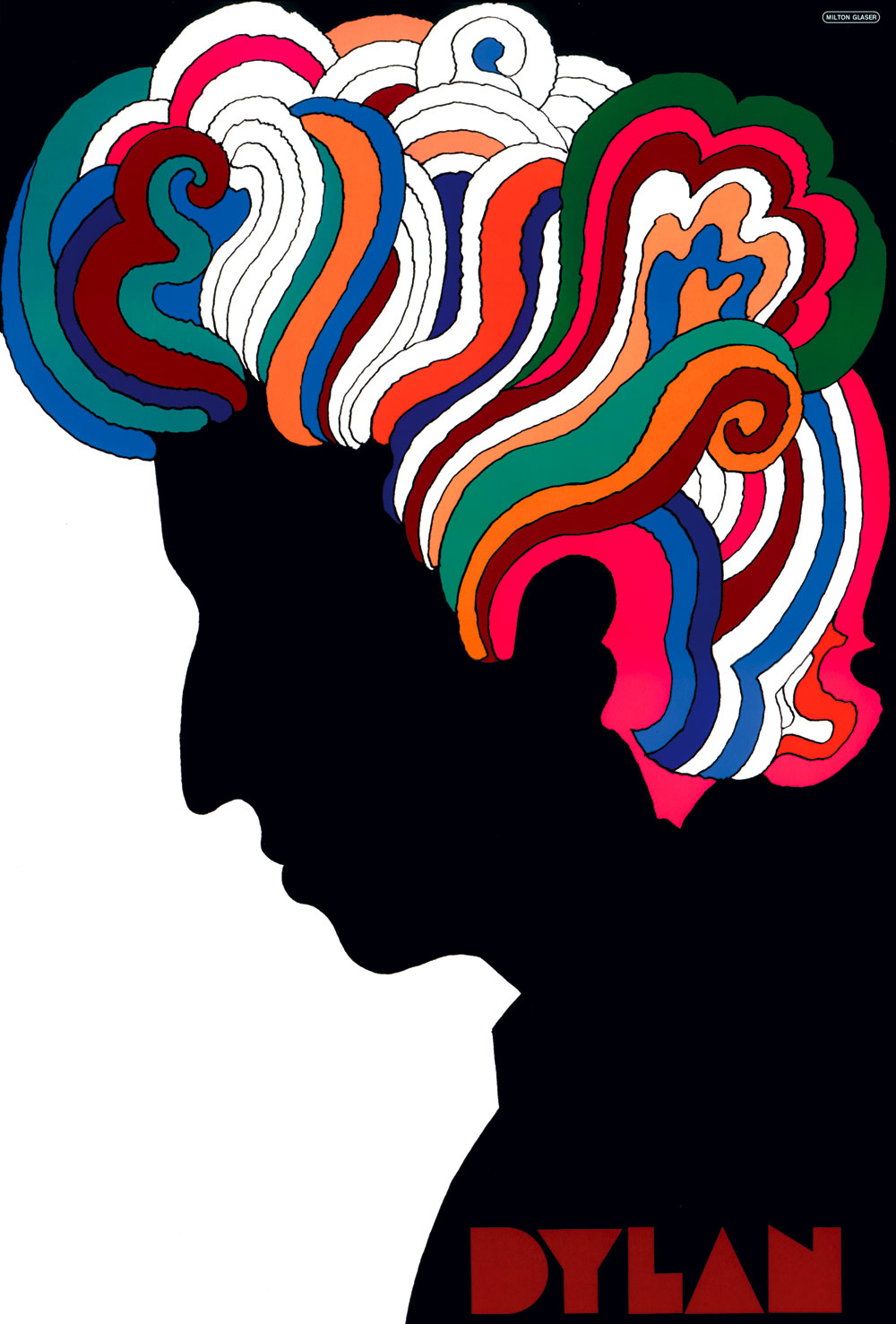
Mal 1956, a new polyethylene outdoor chair designed by Niels Wildenberg (via New York Times)
I recently read a fascinating interview on the National Geographic NewsWatch blog with David Hancocks, the dean of zoo design. I was very interested in what he had to say about the shape of zoos to come — I feel like there has been a revolution within my lifetime, from the depressing concrete cages of the Boston Zoo to the African savannahs of the North Carolina Zoo in Asheboro — but more intrigued by his casual use of the term "charismatic megafauna" to describe the elephants, lions, tigers and bears that no zoo thinks it can live without.
Zoos seem completely preoccupied with charismatic mega-fauna. They believe that without their traditional big animals people will stop visiting: “How can we call ourselves a zoo if we don’t have an elephant?!” It is to me clear evidence that despite what they say, zoos see their major role as places to simply put animals on show.Hancocks's argument is that zoos must better serve education and conservation purposes, and need to focus their monies and their research on smaller, odder, local, less photogenic and less mammal-centric species. Zoos need to educate the public to be interested in more different types of animals, and that's their challenge for design, research and marketing, for the next ten years.
I looked up "charismatic megafauna" on Wikipedia, and found that entry equally intriguing:
Charismatic megafauna are large animal species with widespread popular appeal that environmental activists use to achieve conservation goals well beyond just those species.The Economist's example is the panda: while the public is cooing over Ling Ling's reproductive health, her habitat, and the fauna that live there too, are saved.
An editorial in The Economist magazine suggests that charismatic megafauna are particularly subject to taxonomic inflation, in that taxonomists will declare a subspecies to be a species because of the advocacy benefits of a unique species, rather than because of new scientific evidence.

Milton Glaser, Dylan poster (1966)
Don't we have charismatic megafauna in design? I'd been thinking about this when Mark Lamster tweeted the chair above from the "Home" section, and his Twitter stream went wild. He was rolling his eyes at the re-use of the form, however acknowledged, but the RTs took it seriously. I had noticed in the past that just inserting the word "Eames" into a blog post (as I have here) exponentially increases its popularity. Eames is charismatic, Eames chairs are charismatic, but the Eames Lounge Chair is, I think, the most attention-seeking of the lot (YouTube of its introduction on NBC in 1956). From its earliest days it was designed to split the perceived difference between the modern and the comfortable, and it remains in that niche: a modern chair anyone can love, and that goes with any decor. I've never liked it personally, due to its elephantine qualities. Womb chair FTW.
It would be easy classify starchitects like Frank Gehry and stardesigners like Charles Eames as c.m. But I think that's too simple. It is more critical to identify specific buildings, specific chairs, even specific posters or logos (Milton Glaser's Dylan might be a candidate, as is Paul Rand for IBM) that receive outsize and ongoing attention. On Frank Lloyd Wright's recent birthday, I lost count of the number of Happy Birthday tweets that included a link to or mention of Fallingwater. Fallingwater is charismatic megafauna, a building whose wide distribution and recognition supports the larger field of Wright house museums and preservation efforts. It's an excellent, pathbreaking building. But by acknowledging it as such, can we also expand the conversation, using a design like the Lounge Chair, or the Guggenheim Bilbao, or Case Study House #22 as the attention-getter. Then we can consider what other designs and designers might be saved, exhibited and promoted under their umbrella. For better or for worse, the ubiquity of the iPod has brought Dieter Rams's work and philosophy out of history and into the present day for many interested observers. A documentary like "Helvetica" makes books like Just My Type (again, for better or for worse) and widespread joking about Comic Sans possible.

American Architecture series stamp (1982)
Hancocks's challenge to his colleagues in the interview also has parallels to the state of design exhibition and media coverage today, and the paranoia that a day without Apple is a day without readers or visitors (or disappointed readers or visitors).
The heart of the zoo problem lies in the fact that their basic assumption is that they put animals on show. This is why, for example, they are paranoid about the animals always being on show: everything they do highlights this assumed need — they put a tiger photo on their adverts, and show a tiger on their brochure, and mark an area on their zoo maps with “tiger,” and put direction signals around the zoo pointing to “tiger,” and put a graphics panel on the path all about tigers, and then they seem surprised and indignant when visitors who are exposed to all this and who don’t then actually see the tiger get upset about that. Instead of rethinking this self created dilemma, zoos respond by making damn certain that their tiger (or gorilla, or elephant, or rhino, or whatever) is not going to get out of view and will be visible to all paying customers at all times.I would love to get more nominations for charismatic megafauna from any design field. What object appears in every design museum exhibition? What building image always illustrates an architect's career? Which graphic stands for all of Russian Constructivism, over and over again? And how, having identified these beasts, can we expand the pool of imagery in order to expand the parameters of discussion. How can we allow the public to see design as part of a complex environment rather than a string of greatest hits?
